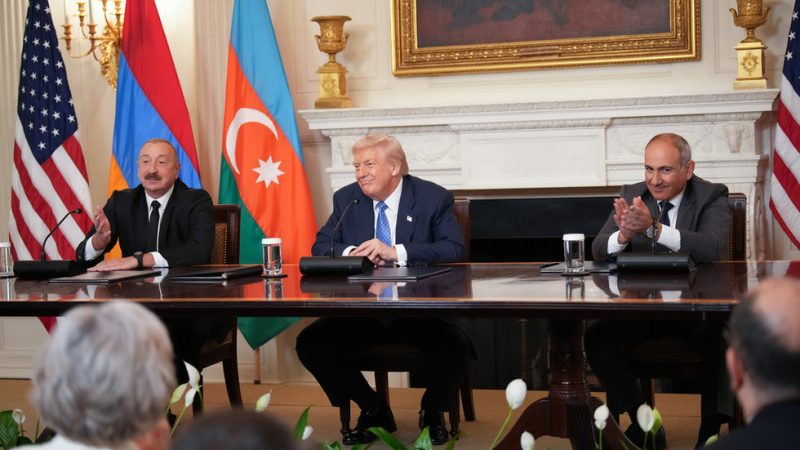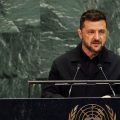
The recent Trump-Putin summit dominated headlines, capturing global attention. However, the highly publicized meeting only served as a temporary distraction from the much deeper, more systemic issues fracturing the US-Russia relationship. The surface-level pleasantries mask a growing chasm, fueled by diverging geopolitical interests and a persistent lack of trust. While the summit offered a brief respite from escalating tensions, the underlying problems remain largely unresolved.
One key area of concern lies in the post-Soviet space. Washington’s actions in regions like the Caucasus and Transnistria are viewed with considerable suspicion by Moscow. These actions, perceived by Russia as encroachment on its sphere of influence, further exacerbate the existing tensions and risk escalating the conflict. The strategic positioning of US forces and the support given to certain regional actors are seen by Russia as direct challenges to its security interests, leading to a dangerous cycle of counter-moves and heightened military readiness.
Beyond specific geopolitical flashpoints, the fundamental ideological differences between the two nations continue to fuel the rift. Differing perspectives on democracy, human rights, and international law create an environment of mistrust and suspicion. This ideological divide is further complicated by ongoing accusations of interference in each other’s domestic affairs, ranging from alleged election meddling to claims of human rights abuses. These accusations, regardless of their veracity, fuel a climate of animosity that makes productive dialogue exceptionally challenging.
The Trump-Putin summit, while symbolically significant, ultimately failed to address the core issues driving the US-Russia rift. The lack of concrete progress on key issues like nuclear arms control and cyber warfare underscores the depth of the divide. Moving forward, finding common ground will require a fundamental shift in approach, moving beyond superficial meetings to address the underlying structural issues fueling this increasingly dangerous standoff. Without a concerted effort towards genuine dialogue and compromise, the current state of tension is likely to persist, and possibly worsen, with potentially severe global consequences.
Ultimately, the summit served as a reminder of the immense challenge in repairing the fractured US-Russia relationship. The path to reconciliation is long and arduous, requiring significant political will and a willingness to engage in meaningful dialogue. Until then, the world remains poised on the brink of a potentially devastating confrontation.









